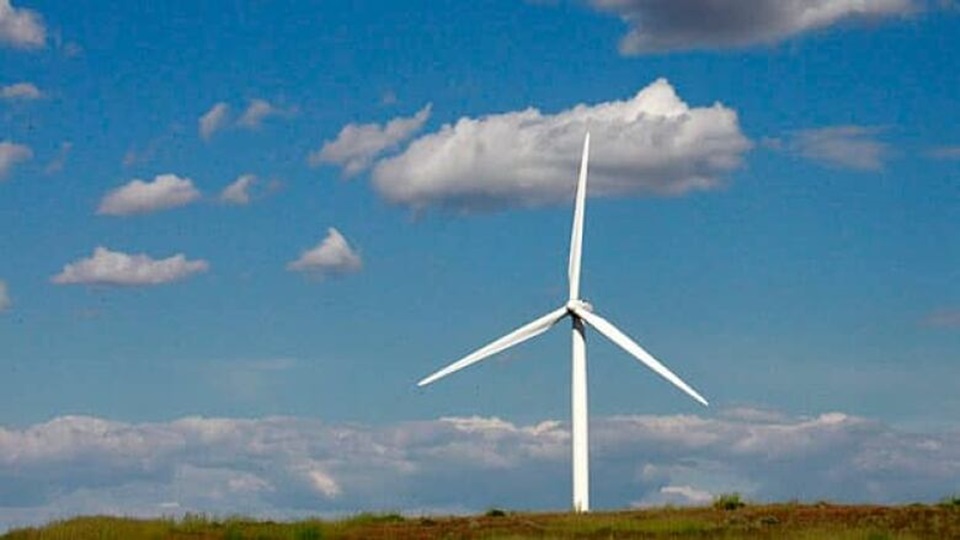
Canada’s carbon emissions are down for the first time since the pandemic, according to a 2023 estimate from publicly funded think tank the Canadian Climate Institute.
The drop of 0.8 percent between 2022 and 2023 brings the total reduction since the baseline year of 2005 to eight percent — a long way from the 2030 goal of 40 percent, a press release from the Canadian Climate Institute said.
Overall, greenhouse gas emissions have been falling slightly since 2005, but much of that trend was during the COVID-19 lockdowns of 2020. Since then, emissions had been trending upward, until recently, reported the Toronto Star.
“Early Estimate for 2023 shows that progress is possible, but hitting Canada’s 2030 target requires that governments build on policy momentum,” the Canadian Climate Institute said in the press release.
With the decline, Canada’s nationwide emissions are more than 700 megatons (Mt) of carbon dioxide equivalent.
Some sectors, such as electricity, have made marked strides, but overall progress has been uneven. Rising emissions in oil and gas, transportation, and other sectors have offset those gains.
Last year’s estimated emissions reduction happened even though Canada experienced high population and economic growth. In 2023, economic growth caused emissions to rise by 8.6 Mt of carbon equivalent from the year before.
Despite these increases, climate policy and the impact of changing markets — including a ramping up of the deployment of clean energy technology — led to an emissions reduction of 14.2 Mt.
“To get on track, an annual reduction of 7 percent is needed,” the press release said. “While this looks off pace, there is a quickening in the rate of reductions, which signals policy and technology deployment are reducing emissions at an accelerated pace.”
The 2023 Early Estimate of National Emissions (EENE) shows the dramatic contrast between rising emissions in some sectors and progress in others.
For example, the report shows that oil and gas emissions are continuing to rise. They were up 2.2 Mt — one percent — from 2022 levels and up 12.1 percent from 2005. The sector makes up 31 percent of Canada’s emissions. Higher production was responsible for the increase, with conventional oil and natural gas each up three percent and bitumen rising two percent.
Electricity saw a 6.2 decrease in emissions for 2023 to reach 38 percent from the 2005 baseline.
“This sector’s decarbonization is driven by targeted policies like the large-emitter trading systems and coal phase-outs, as well as dramatic advancements in renewable energy. Sustained policy efforts in electricity show that transformational change is possible, but other sectors need to follow suit,” the press release said.
Building emissions were down six percent last year, due mostly to lower residential consumption of natural gas and it being the warmest winter since the baseline year.
The biggest emissions increase of any sector was in transportation, which jumped 1.6 percent from 2022. This was driven by a rebound in domestic aviation of 27 percent. However, transportation emissions per capita have been dropping by more than three percent each year, keeping total emissions below pre-pandemic levels, even though the population has been growing rapidly.
Heavy industry emissions were two percent lower than in 2022, but the reduction was uneven across subsectors. Mining emissions rose, even though lime and gypsum production was down 20 percent. Limited data throughout the sector led to high uncertainty in emissions projections.
“While Canada is seeing some improvements, the overall emissions trend reveals that progress is not happening quickly or evenly enough to put Canada on track to the 2030 milestone, jeopardizing longer-term progress,” the press release said.
The Canadian Climate Institute said a major issue was the slow pace of clean energy uptake. While electricity emissions intensity has seen a 69 percent reduction since 2005, electricity demand has not increased significantly.
“The 2023 EENE underscores a central challenge for Canada. While progress is being made in certain areas, and national emissions have plateaued overall, each order of government needs to build on policy momentum — particularly in sectors like oil and gas,” the press release said. “The 2023 EENE provides an early signal, ahead of the official National Inventory Report next Spring, that governments need to accelerate action to get on the path to Canada’s next major climate commitments, and to keep up with the global energy transition.”
This article was reposted from EcoWatch.
We hope you appreciated this article. At People’s World, we believe news and information should be free and accessible to all, but we need your help. Our journalism is free of corporate influence and paywalls because we are totally reader-supported. Only you, our readers and supporters, make this possible. If you enjoy reading People’s World and the stories we bring you, please support our work by donating or becoming a monthly sustainer today. Thank you!










